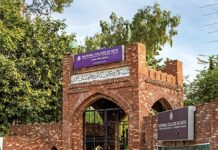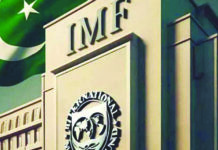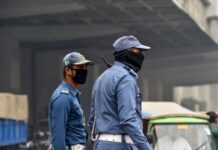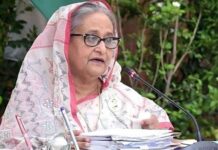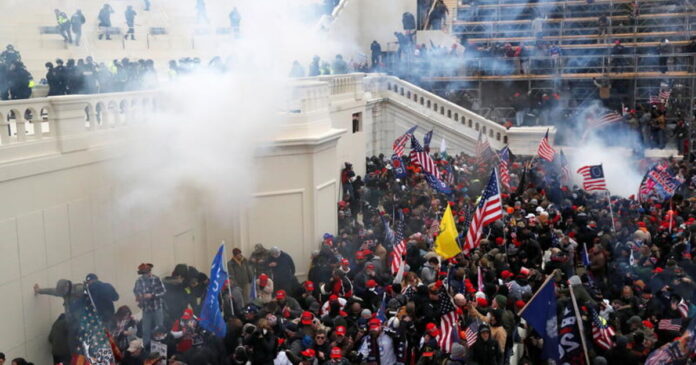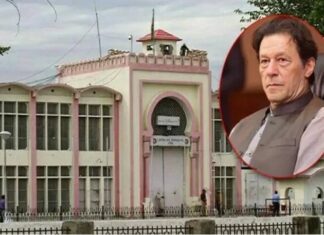The phenomenon of mob violence, particularly lynching, is a complex issue that cannot be reduced to a single cause or explanation. While it is true that poverty, unemployment, and a lack of education can all contribute to feelings of frustration and desperation that may lead some individuals to participate in mob violence, it is also important to recognize that these factors alone do not fully explain the problem.
One important factor that must be considered when analysing mob violence in Pakistan is the role of political instability and weak governance. In some cases, political leaders may incite or condone mob violence for their own gain, either by stoking fears of religious extremism or by manipulating public opinion to further their own political agenda. Furthermore, the lack of rule of law and the inability of the authorities to effectively enforce the law can also contribute to a sense of impunity among those who participate in mob violence. Another important factor to consider is the role of religious extremism in some instances of mob violence. While the vast majority of people in Pakistan are peaceful and do not condone such acts, a small minority of extremists may use religion as a tool to incite violence and justify their actions. It’s important to remember that religion is often used as a tool by those who want to achieve power and control over a population.
Media also plays a big role in escalating and spreading the news of mob violence. Sensationalized and unverified news can incite people to participate in mob violence. It’s important for the media to be responsible and verify the news before publishing it.
Another dimension that is often overlooked is the cultural dimension. In some cases, the cultural norms and values of a society may condone or even encourage mob violence. For example, some communities may have a strong tradition of vigilantism, where individuals take justice into their own hands rather than relying on the legal system. This can make it difficult to address the problem of mob violence, as individuals may not see their actions as criminal but rather as a form of moral righteousness.
Additionally, the impact of poverty and inequality on mob violence should also be considered. Societies with high levels of poverty and inequality tend to have a higher rate of mob violence. In such societies, people may be more likely to turn to mob violence as a means of expressing their frustrations and seeking justice, as they may not have access to other forms of redress. Moreover, poverty and inequality can also lead to a lack of trust in institutions and the legal system. In societies where the rule of law is weak, individuals may not have faith in the ability of the authorities to bring criminals to justice or to provide protection and security. This can lead to a sense of lawlessness and a belief that individuals must take matters into their own hands.
To further elaborate on the role of poverty and inequality in mob violence. In societies with high levels of poverty and inequality, individuals may feel a sense of hopelessness and despair, which can lead to feelings of frustration and anger. These feelings can be exacerbated by a lack of access to opportunities for education, employment, and upward mobility. When individuals feel that they have been left behind and have no means of improving their situation, they may turn to mob violence as a way of expressing their frustrations and seeking justice.
Mob violence is a complex issue that cannot be attributed to a single cause. However, poverty and inequality are key factors that can contribute to the problem and addressing these issues can help to prevent mob violence. All these dimensions are interconnected, and it’s important to consings for hidden goalsader all of them to understand and address the problem of mob violence. It is important to take a holistic approach to address this complex issue and involve multiple stakeholders such as the government, civil society, media, and the education sector to work together towards a common goal of preventing mob violence
On the other hand, addressing poverty and inequality can help to prevent mob violence. For example, policies that focus on reducing poverty and inequality, such as increasing access to education and job training, providing social safety nets, and promoting economic growth, can help to improve the lives of individuals and reduce feelings of frustration and hopelessness.
It’s also important to note that poverty and inequality are not only economic issues, but also social issues. They are interconnected with other dimensions such as education, governance and cultural norms. Therefore, it’s important to adopt a multidimensional approach that addresses both the economic and social aspects of poverty and inequality in order to effectively prevent mob violence.
One example of a case of mob lynching in Pakistan is the 2014 incident in which a mob of over 1000 people attacked a factory in the city of Lahore. The mob, which was incited by allegations that the factory’s management had desecrated the Quran, killed seven people and injured dozens more. The incident received international attention and sparked widespread condemnation, with many countries and international organizations expressing concern about the growing trend of mob violence in Pakistan.
This incident had a significant impact on Pakistan’s foreign policy, as it brought to light the issue of religious extremism and sectarian violence in the country. Many foreign governments and organizations criticized Pakistan for its failure to address the problem of mob violence and for allowing extremist groups to operate with impunity. This criticism led to increased pressure on Pakistan to take action to curb mob violence and to address the underlying social and economic issues that contribute to the problem. In response to the incident, the Pakistani government took a number of steps to address the problem of mob violence. These included the launch of a nationwide crackdown on extremist groups, the introduction of new laws and policies to curb mob violence, and increased investment in education and job training programs to address the underlying social and economic issues that contribute to the problem.
However, despite these efforts, the problem of mob violence in Pakistan remains a concern. Many human rights organizations have criticized the government for failing to take sufficient action to address the problem, and have called for more effective measures to be put in place to protect minority communities and to bring those responsible for mob violence to justice.
Mob violence is a complex issue that cannot be attributed to a single cause. However, poverty and inequality are key factors that can contribute to the problem and addressing these issues can help to prevent mob violence. All these dimensions are interconnected, and it’s important to consider all of them to understand and address the problem of mob violence. It is important to take a holistic approach to address this complex issue and involve multiple stakeholders such as the government, civil society, media, and the education sector to work together towards a common goal of preventing mob violence.


